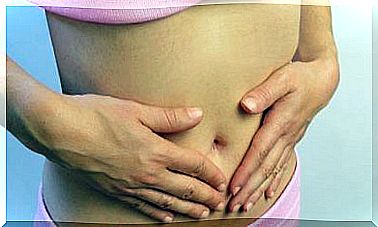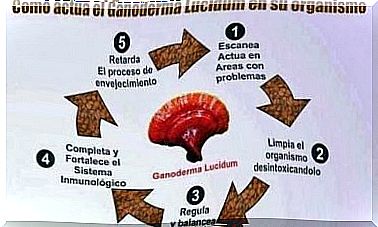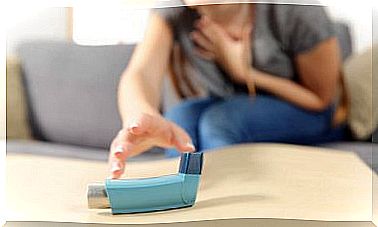Poor Circulation And Cold Feet
Cold feet are a nuisance that is not usually paid attention to, since it usually occurs only sporadically. However, when it comes to a frequent condition, it is worth consulting with the doctor, as it can be the result of poor circulation or other health problems.
This condition is more common in women, and most of the time it is not important, especially if it occurs in cold seasons. If it occurs at any time of the year, and other symptoms accompany it, there is a probability of poor circulation.
Poor circulation in the legs and cold feet are signs that are sometimes accompanied by tingling, numbness, and cramps. If that is your case, it is best to consult a professional.
Poor circulation affects the feet
It must be borne in mind that the feet are an area very far from the heart, and therefore, the blood has greater difficulty in reaching them. This affects so that they almost always have a lower temperature than the rest of the body.
If the temperature in the feet is persistently low and very habitual, it is possible that this is the effect of poor circulation. In these cases, not only does the factor of distance to the heart influence, but there tends to be a problem that hinders blood flow to that area.
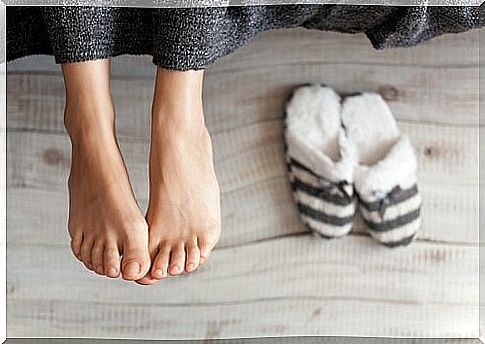
Common causes of poor circulation and cold feet
Peripheral artery disease
In this pathology there is accumulation of plaque, narrowing and hardening of the arteries. Blood flow to the feet and legs is decreased, making the skin pale. Sometimes there is pain, tingling, and cramp-like muscle problems.
Some people are at higher risk of developing this disease, particularly those with hypertension, high blood cholesterol levels, or smokers. If all these risk factors are combined, the danger is high.
Raynaud’s disease
Raynaud’s disease is a blood vessel disorder that affects the fingers and toes. In cold or stress conditions, the vessels constrict and impede blood flow. The episode lasts from 10 minutes to over an hour.
It is common for the skin on the fingers to turn white or bluish, and to experience a sensation of numbness. When circulation is restored, the skin turns red, tingling, pain, and palpitations are experienced.
Other causes of cold feet
Poor circulation is not the only factor that leads to cold feet. Sometimes there is a peripheral neuropathy in the background, which is a common neurological disorder in people with diabetes. In this case, the feet feel cold from the patient’s perspective, but are warm to touch.
Peripheral neuropathy also occurs in people who have vitamin B deficiency, injuries involving a pinched nerve, heavy metal poisoning, problematic alcohol use, or autoimmune disorders. Burning feet are also associated, with no apparent explanation.
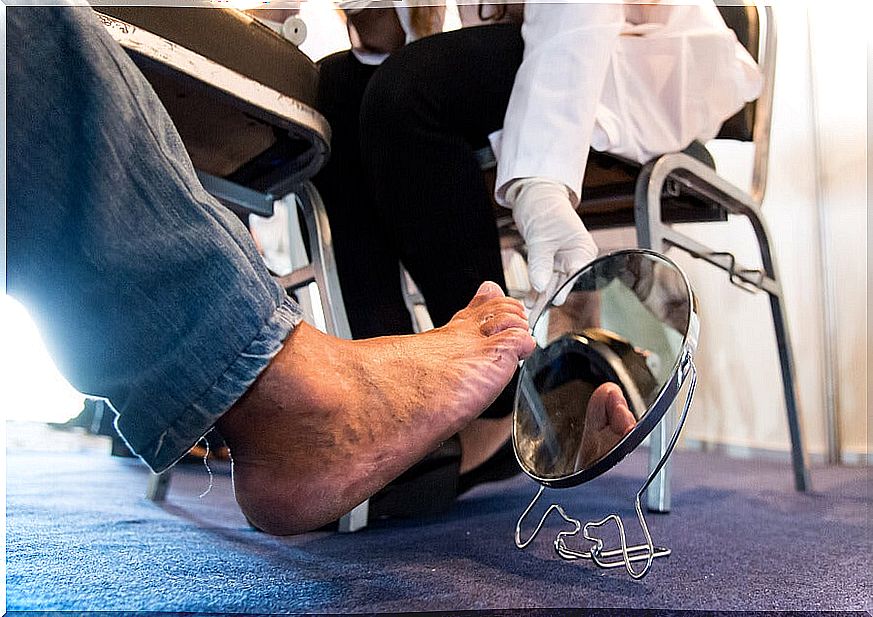
Signs of poor circulation
Symptoms appear long after poor circulation is already present, and that is a problem. The first signs have to do with excessive tiredness in the feet, punctures and pain. Other signs that are associated are the following:
- Vascular spiders, which appear due to poor return of blood and are cobweb-shaped.
- Varicose veins: a widening of the veins.
- Tingling and cramping when there are fat deposits blocking the flow. It is a long-term risky condition.
- Changes in the toenails with noticeable thickening and discoloration turning towards bluish or purple.
- Changes in the skin of the feet and legs. If brown spots appear, you should see a specialist as soon as possible.
Watch out for bad circulation!
Having very dry skin, wounds in the lower limbs heal slowly or suffering frequent cramps after moving a few meters, are warning signs that warrant a specialized consultation. Cold feet can be something banal, but we must always be vigilant, so that a more serious pathology does not happen to us without realizing it.


